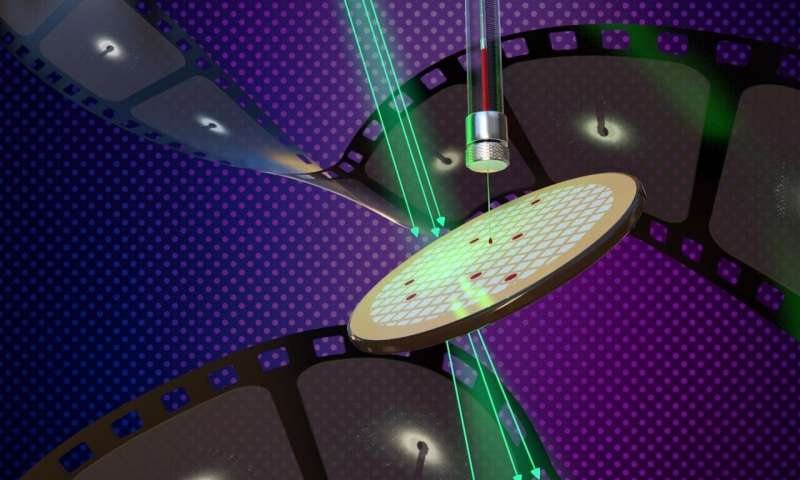HOME
New techniques probe vital and elusive proteins

New methods of determining the structure of membrane proteins using lipidic cubic phase (LCP) microcrystals and microcrystal electron diffraction (MicroED) are described in the new study appearing on the cover of the Cell Press journal, Structure. Credit: Jason Drees for the Biodesign Institute at Arizona State University
The number of proteins in the human body, collectively known as the proteome, is vast. Somewhere between 80,000 and 400,000 proteins circulate in our cells, tissues and organs, carrying out a broad range of duties essential for life. When proteins go awry, they are responsible for a myriad of serious diseases.
Now, researchers at the Biodesign Center for Applied Structural Discovery and ASU's School of Molecular Sciences, along with their colleagues, investigate a critically important class of proteins, which adorn the outer membranes of cells. Such membrane proteins often act as receptors for binding molecules, initiating signals that can alter cell behavior in a variety of ways.
A new approach to acquiring structural data of membrane proteins in startling detail is described in the new study. Cryogenic electron microscopy (or cryo-EM) methods, a groundbreaking suite of tools, is used. Further, use of so-called LCP crystallization and Microcrystal electron diffraction (MicroED) help unveil structural details of proteins that have been largely inaccessible through conventional approaches like X-ray crystallography.
News Source